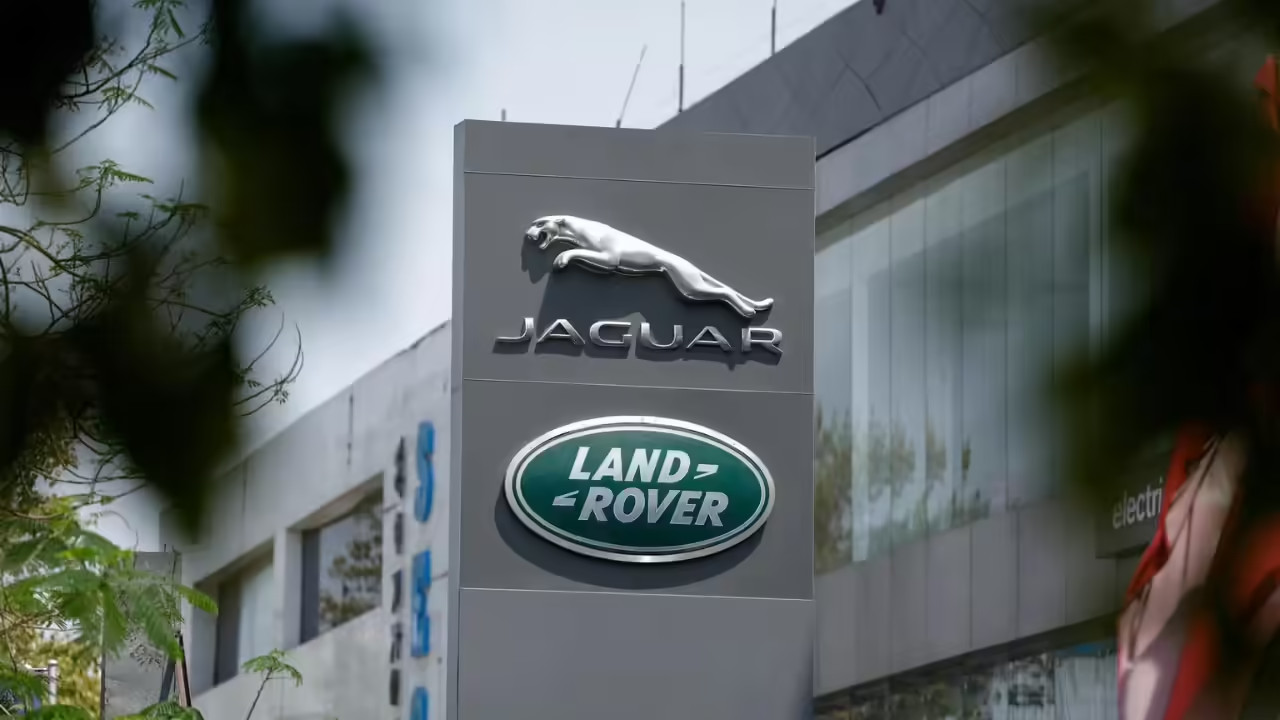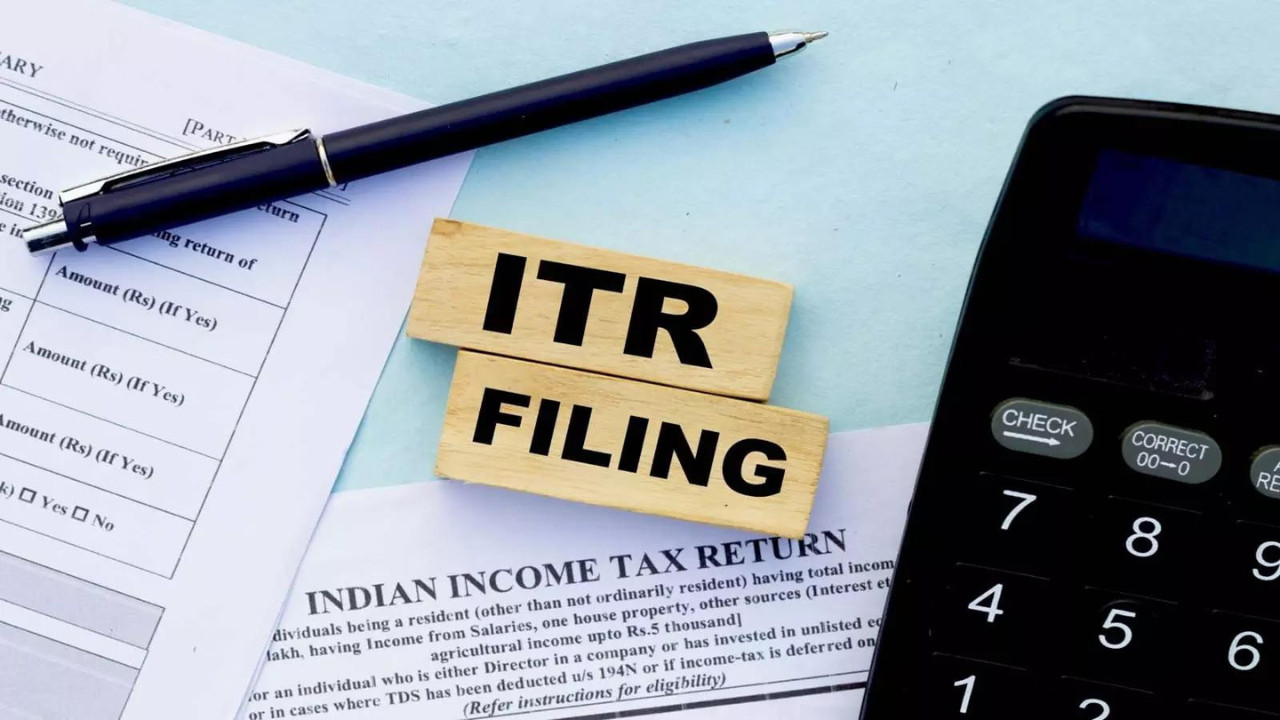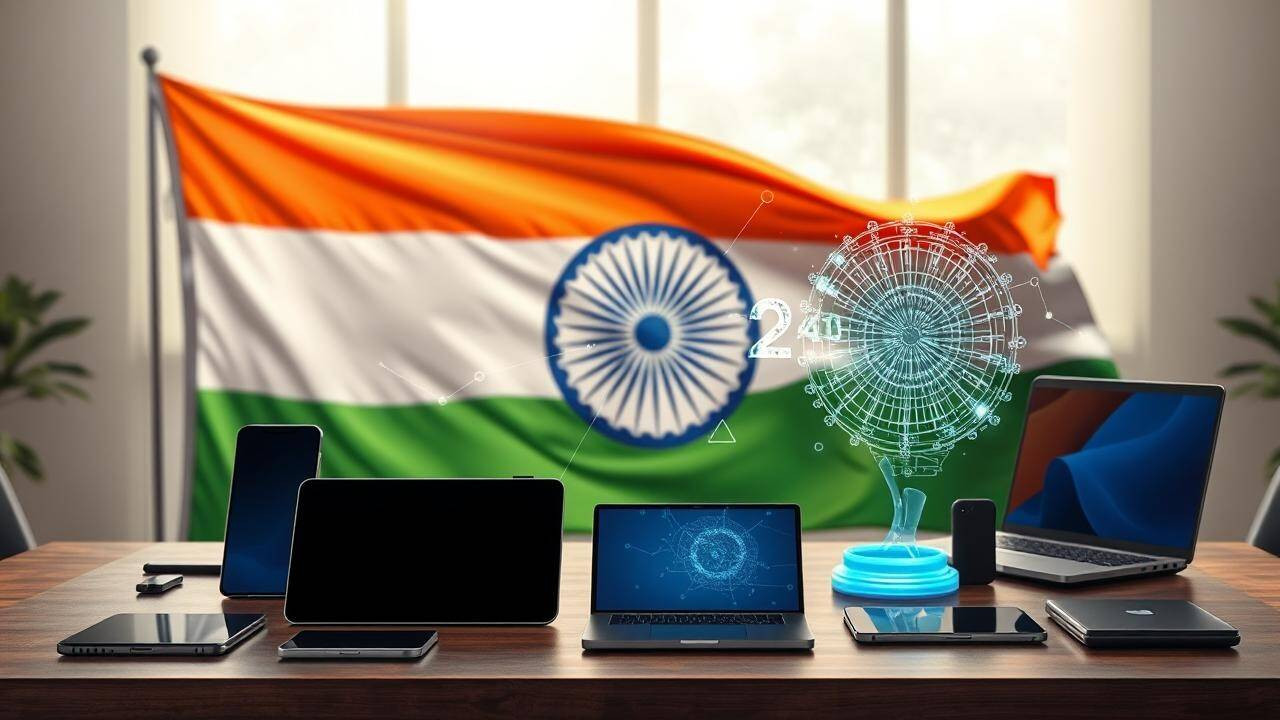Jaguar Land Rover, owned by Tata Motors, faced a major cyberattack. This forced the company to shut down its systems globally. Retail and production activities have been severely affected. The company is working to restore operations. There is no evidence of customer data theft so far. This attack adds to JLR’s existing challenges with demand and trade.
When Digital Doors Get Breached: JLR Battles Back From Cyberattack
The digital landscape, for all its promise, feels a little less secure this week. Jaguar Land Rover (JLR), a crown jewel in Tata Motors’ automotive empire, recently weathered a significant cyberattack. The impact? A serious disruption to their operations, throwing a wrench into the finely tuned machine of global car manufacturing.
The immediate question that leaps to mind is, “How bad is it?” While the details remain somewhat veiled – understandably so, given the sensitive nature of such events – JLR has been upfront about the operational setbacks. We’re talking about a company whose influence ripples through supply chains, dealerships, and ultimately, the driveways of car enthusiasts worldwide. A snag in their system has consequences.

But here’s the (slightly) relieving news: JLR insists that no customer data was compromised. In today’s world, where data breaches have become almost commonplace, this is a crucial distinction. Imagine the collective sigh of relief from JLR owners knowing their personal information – addresses, financial details, driving history – remains secure. That alone is a victory in the face of this digital assault.
The Ripple Effects of the JLR Cyberattack
Even without customer data falling into the wrong hands, the JLR cyberattack has certainly left its mark. Production schedules are likely disrupted, leading to potential delays in vehicle deliveries. Think about the implications: frustrated customers eagerly awaiting their new cars, dealerships scrambling to manage expectations, and a general sense of uncertainty swirling around the brand. It’s a delicate balancing act to manage brand perception and customer trust during times like these.
Furthermore, these kinds of attacks often expose vulnerabilities in a company’s cybersecurity infrastructure. JLR is undoubtedly deep in the trenches, conducting a thorough forensic investigation to understand how the breach occurred, patching up security loopholes, and bolstering their defenses against future threats. This is an ongoing process, a constant arms race against increasingly sophisticated cybercriminals.
What Does This Mean for the Automotive Industry?
The attack on JLR isn’t an isolated incident. It’s a stark reminder of the growing vulnerability of the entire automotive industry to cyber threats. Modern cars are essentially rolling computers, packed with sophisticated software and connected to the internet. This connectivity, while enhancing the driving experience, also creates new avenues for malicious actors to exploit. Consider the potential: hackers gaining control of vehicle systems, stealing intellectual property related to advanced technologies, or even disrupting entire fleets of connected cars. The possibilities, while frightening, are very real.
This necessitates a proactive and collaborative approach across the industry. Automakers, technology providers, and cybersecurity experts need to work together to develop robust security standards, share threat intelligence, and implement cutting-edge defenses. The stakes are simply too high to go it alone. We’ve discussed the importance of data security in connected devices before, and the same principles absolutely apply to the connected car.
Looking Ahead: Resilience in the Digital Age
The JLR response provides a glimpse into how organizations can navigate such crises. Transparency regarding the disruption, coupled with an unwavering commitment to protecting customer data, are paramount.
Companies can also learn from this by incorporating rigorous security testing into product development lifecycles and employee security training, ensuring everyone from the boardroom to the factory floor is aware of the potential threats and how to mitigate them.
The JLR cyberattack serves as a wake-up call, a reminder that cybersecurity is not merely an IT issue, but a fundamental business imperative. As the world becomes increasingly interconnected, the ability to withstand and recover from cyberattacks will be a key determinant of success in the 21st century. It’s not just about preventing attacks; it’s about building resilience, so that when (not if) an attack occurs, the organization can bounce back quickly and minimize the damage. The future belongs to those who can navigate the digital landscape with both innovation and unwavering vigilance.







